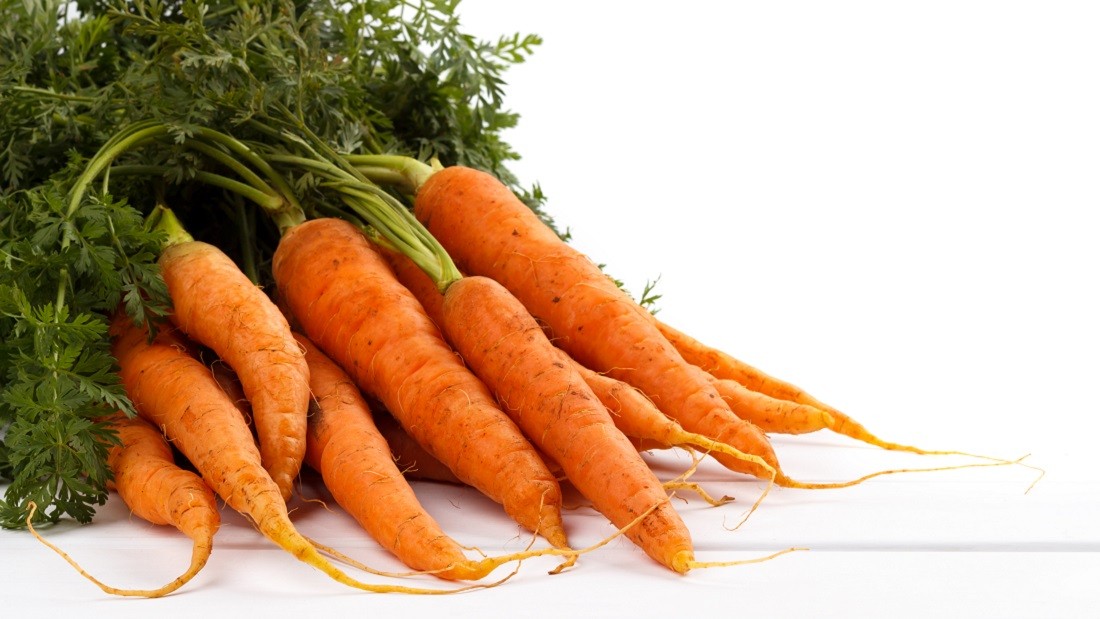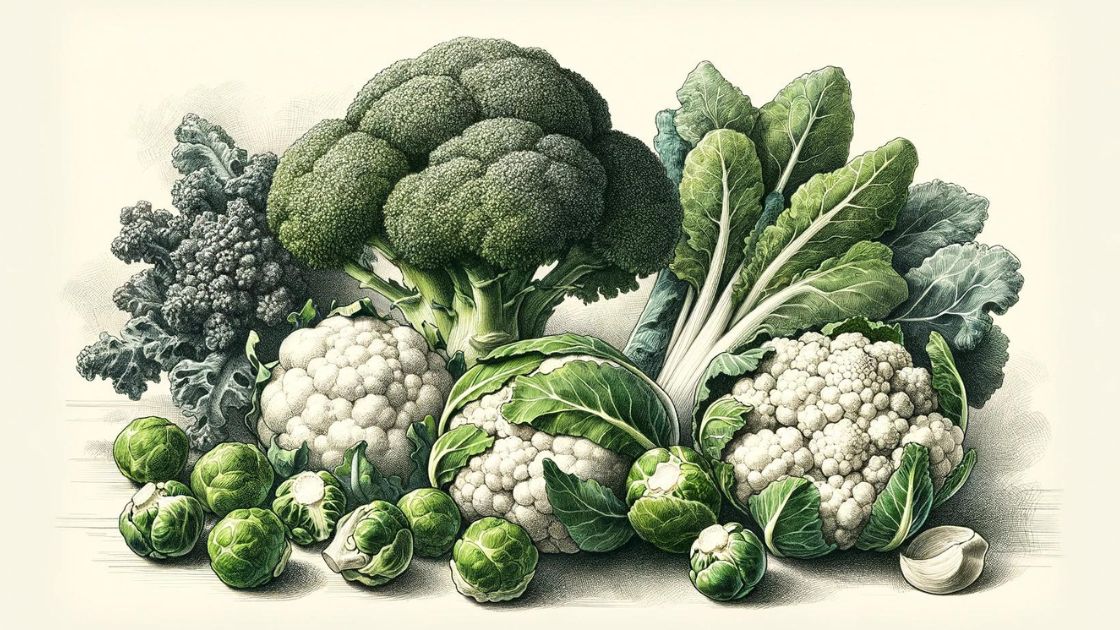EXAMPLE 1: FOOD RESPONSE
Food components (such as ethanol, caffeine, and lactose) will have to undergo certain biological processes for them to be used by human bodies. Certain genetic variations are shown to affect how well the food components are metabolized in the body.

Case 1: Caffeine and CYP1A2
Caffeine is a bioactive component that acts as a stimulant in our brains. The enzyme CYP1A2 in the liver is the main enzyme to metabolize caffeine. However, individuals living with a genetic variant that predisposes them to have slower CYP1A2 enzyme activities (known as “slow caffeine metabolizers”) are prone to heart attacks with greater daily caffeine intake amount.
Case 2: Lactose and LCT
Lactose is a type of carbohydrate that is mainly found in dairy products (such as dairy milk). It is digested by lactase (controlled by the LCT gene) enzyme in the small intestine to be absorbed into the blood. Individuals living with genetic variants of LCT regulator genes are at higher risk of having lactose intolerance.

EXAMPLE 2: NUTRIENT UTILIZATION EFFICACY
Some genes help in the conversion, clearance, or cycling of nutrients that are ingested or stored. Thus, certain variations in those genes may lead to differences in the efficiency/efficacy of how our bodies utilize certain nutrients.
Case 1: Omega-3 Conversion
Alpha-linolenic acid (ALA), docosahexaenoic acid (DHA), and Eicosapentaenoic acid (EPA) are Omega-3 fatty acids which are important in maintaining the health of blood vessels and the nervous system. In human bodies, ALA – with lower efficiency – can be converted to EPA, which later will be converted to DHA. Individuals living with certain genetic variants of the enzymes involved in the conversion (such as FADS1) may require supplementation to improve their Omega-3 profile in their bodies.


Case 2: Beta-carotene Conversion
Beta-carotene is a type of red-orange carotenoid that is commonly found in foods such as pumpkins and carrots. It is converted into Vitamin A in human bodies by the beta-carotene oxygenase 1 (BCO1) enzyme. People who have certain genetic variants may need a longer time to metabolize beta-carotene, causing them to experience skin discolouration more easily with the ingestion of beta-carotene-containing foods.
EXAMPLE 3: LIVER DETOXIFICATION
For literally all nutrients, food components, and medicines that we ingest and absorb, the liver (with the help of its enzyme systems) will be the organ in conversion, storage, and deactivation (“detox”) processes. Thus, individuals with certain genetic variations may reduce the efficiency/efficacy of the detoxification process, and thus, potential health risks.
Case 1: GSTM1 and Cancer Risk
Glutathione S-transferase Mu-1 (GSTM1) enzyme is a type of enzyme that helps in deactivating unwanted toxins and excessive nutrients/medicines for excretion, which is important in protecting our bodies from potential toxicity and damage. Individuals with deletions of genes for GSTM1 (which reduce the enzyme’s activity) are found to be exposed to cancer risk (such as lung cancer) greater than individuals with functional genes.
